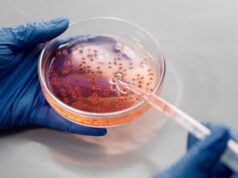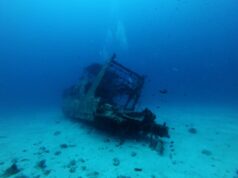Chemical analysis on these storage jars mark the earliest discovery of wine residue in the entire prehistory of the Italian peninsula.
Credit: Dr. Davide Tanasi, University of South Florida
Chemical analysis conducted on ancient pottery could dramatically predate the commencement of winemaking in Italy. A large storage jar from the Copper Age (early 4th millennium BC) tests positive for wine.
Lead author Davide Tanasi, PhD, University of South Florida in Tampa conducted chemical analysis of residue on unglazed pottery found at the Copper Age site of Monte Kronio in Agrigento, located off the southwest coast of Sicily. He and his team determined the residue contains tartaric acid and its sodium salt, which occur naturally in grapes and in the winemaking process.
It’s very rare to determine the composition of such residue as it requires the ancient pottery to be excavated intact. The study’s authors are now trying to determine whether the wine was red or white.
Story Source: Materials provided by University of South Florida (USF Health) Original written by Whitney Clavin.Note: Content may be edited for style and length.
Journal Reference:
Davide Tanasi, Enrico Greco, Valeria Di Tullio, Donatella Capitani, Domenica Gullì, Enrico Ciliberto. 1 H- 1 H NMR 2D-TOCSY, ATR FT-IR and SEM-EDX for the identification of organic residues on Sicilian prehistoric pottery. Microchemical Journal, 2017; DOI: 10.1016/j.microc.2017.08.010











